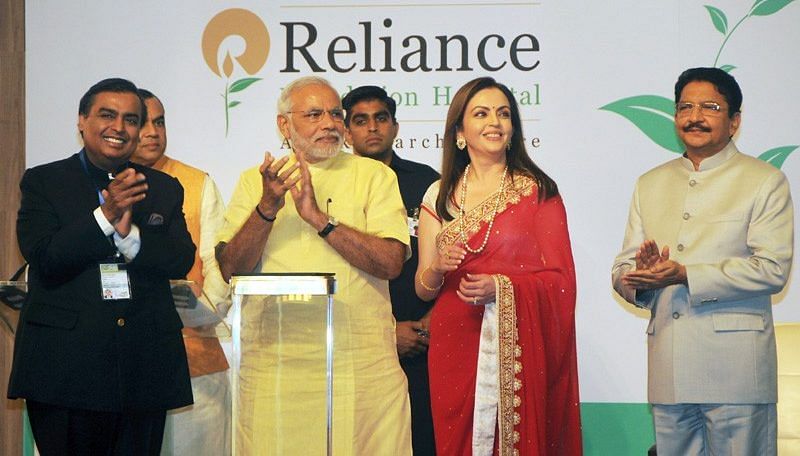When it comes up in 3 years, institute will have far greater autonomy; UGC says selected under ‘greenfield’ category.
New Delhi: Two years after the Modi government came up with the idea of branding some of the top higher educational institutions in the country as Institutions of Eminence (IoEs), just six were announced to have made the cut Monday from the original proposal of 20.
But that was not the only surprise. One of the six – the Jio Institute, to be run by the Reliance Foundation in Mumbai, has not even started functioning.
The college is only set to begin operations in the next three years but when it does, it will have far greater autonomy from government regulators as compared to most institutions.
The IoE tag will grant special powers to these six institutes, such as greater autonomy to start a new course, hire foreign faculty and collaborate with foreign institutes without government approval.
The Jio institute shares its place on the list, announced by the Ministry of human resource development Monday, with the Indian Institutes of Technology (IITs) in Delhi and Bombay, the Indian Institute of Science, Bengaluru, and two private institutions — the Birla Institute of Technology and Science (BITS), Pilani, and the Manipal Academy of Higher Education.
Jio’s presence on the list is all the more curious as the panel tasked with selecting the institutions was supposed to pick 20 colleges and universities for the IoE tag but zeroed in on just six. Those missing out include the Jawaharlal Nehru University (JNU), the Delhi University and a host of others IITs.
With the announcement sparking a controversy, the HRD ministry issued a clarification late on Monday.
“The clause 6.1 of the UGC (Institutions of Eminence Deemed to be Universities) Regulation 2017, provides for a completely new proposal to establish an institution to be considered under this project,” the ministry said in a statement.
“Accordingly, a separate category of applications have been invited from the sponsoring organisations for setting up new or Greenfield projects. The purpose of this provision is to allow responsible private investment to come into building global class education,” it added.
Jio was among 11 institutes that applied under the category. The others included Vedanta for a university in Odisha and Airtel for Bharti University.
‘Selected under greenfield category’
Earlier on Monday, the University Grants Commission (UGC) had also defended Jio’s inclusion on the grounds that it was selected under rules for greenfield institutions — new or proposed institutions that are yet to come into existence. According to officials, 11 such institutions had applied for the IoE tag and Jio was selected from among them.
“We have selected Jio Institute under the greenfield category, which is a category meant for new institutes; institutes that have no history. We looked at the proposal and it turned out to be fit for the tag. They have a plan in place, they have funding, they have a place for a campus and everything that was required under the said category,” former election commissioner N. Gopalaswami, who headed the panel to select the institutes, told ThePrint.
“Eleven greenfield and 29 brownfield (existing) private institutes had applied. Of them, one in the greenfield category and two in the brownfield category have been selected,” he added.
The government had in 2016 announced the plan to create Institutes of Eminence, which it had earlier planned to term as World Class Institutes. The idea was to grant special powers to these institutes in order to catapult them in the world rankings.
The criterion for the institutes was that they should have the potential to find a place in the top 500 of any of the world-renowned ranking frameworks (such as the Times Higher Education World University Rankings or QS or Shanghai’s) in the first 10 years of being declared as Institutes of Eminence, and “having achieved top 500 rank, should consistently improve their ranking to come in the top 100 eventually over time.”
